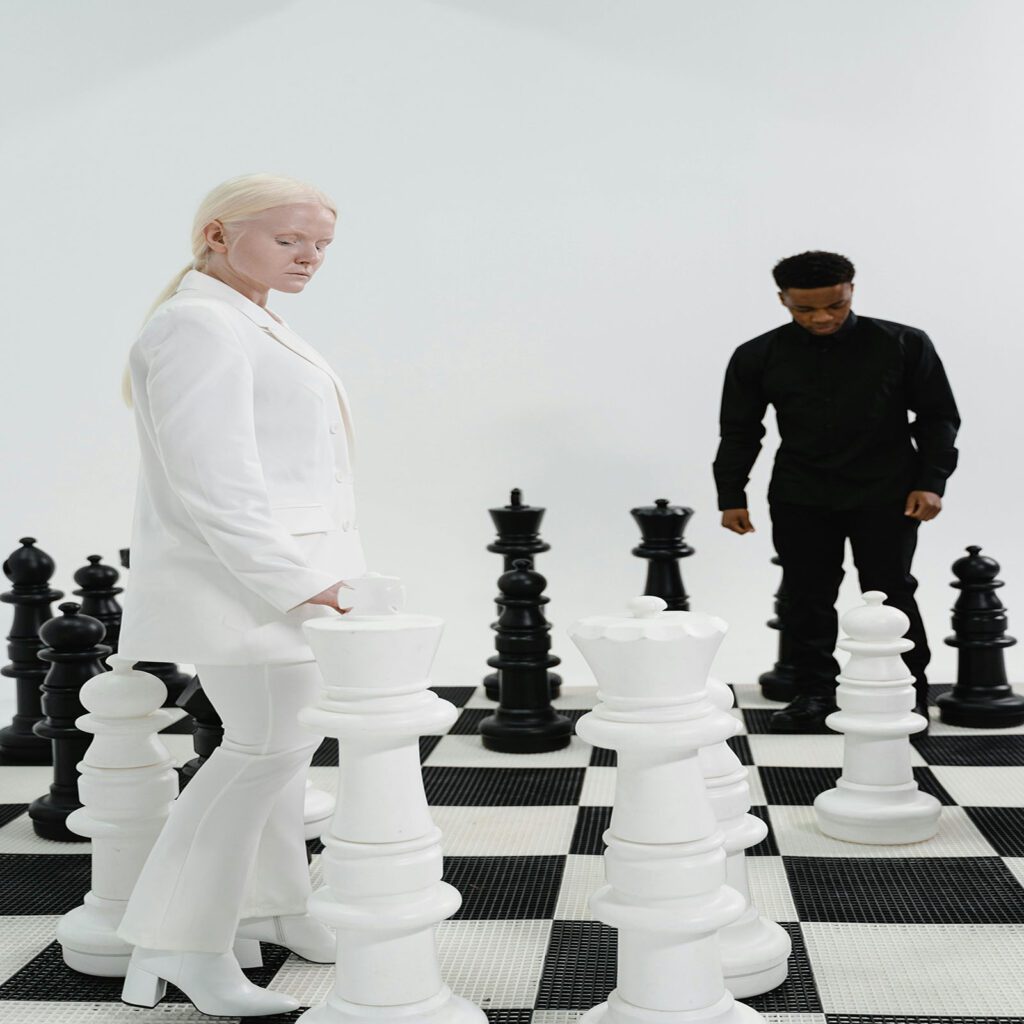In an ever-changing world, organisations are continually seeking ways to gain an edge over their competitors. One fascinating avenue that has emerged lies in applying scientific principles to understand and navigate the complex terrain of competitive analysis. By blending these fields, decision-makers can leverage a more nuanced understanding of their competitive environment, making strategic decisions that allow their organisations to thrive.
The journey begins with a simple, yet profound understanding that all organisational behaviour is fundamentally human behaviour. This notion is not new; it is a concept that has been echoed by researchers and practitioners alike. The idea is that by understanding how humans think, decide, and behave, we can predict and influence organisational outcomes.
Taking this understanding further, we can begin to see how this applies to competitive analysis. If we can grasp how our competitors think and behave, we can anticipate their moves and counter them effectively. However, this is easier said than done. The human mind is a complex entity, influenced by a myriad of factors from cognitive biases to emotional states.
The challenge then becomes not just understanding human behaviour but doing so in a way that is actionable and relevant to competitive analysis. This is where the application of scientific principles comes in. By leveraging empirical evidence and rigorous methodologies, we can shift our understanding from the realm of speculation to that of verifiable knowledge.
Drawing from various disciplines, we can construct a framework for competitive analysis that is grounded in science. This framework can help us understand the cognitive processes that underpin decision-making, the socio-emotional factors that influence behaviour, and the environmental factors that shape these dynamics.
One crucial element in this framework is the concept of bounded rationality. Coined by Herbert Simon, this principle suggests that individuals make decisions not on perfect information or unlimited cognitive resources, but within the constraints of their cognitive capabilities and the information available to them.
Applied to competitive analysis, this suggests that our competitors are not perfectly rational agents. They are subject to the same cognitive limitations and biases that we are. Recognising this can help us anticipate their likely actions and devise strategies that exploit these cognitive biases.
Another critical component of this framework is the role of emotions in decision-making. Contrary to traditional economic theory, which posits that individuals are rational, utility-maximising agents, research has shown that emotions can significantly influence decision-making. This implies that our competitors’ decisions may be swayed by their emotional states, offering another avenue for strategic manoeuvring.
Lastly, we must consider the environmental factors that shape our competitors’ behaviours. From market conditions to regulatory pressures, these external factors can significantly influence the decisions and actions of our competitors.
In conclusion, by integrating scientific principles into our understanding of competitive analysis, we can gain a more nuanced understanding of our competitive environment. This approach allows us to anticipate our competitors’ moves, make more informed strategic decisions, and ultimately, gain the upper hand.
But this is not the end. This is merely the beginning of a journey towards a more scientific approach to competitive analysis. As decision-makers, we must constantly remain curious, open-minded, and willing to learn. By doing so, we can continue to evolve our understanding and keep our organisations one step ahead of the competition.
References:
Becker, G. S. (1976). The economic approach to human behavior. Chicago: University of Chicago Press.
Gigerenzer, G. (2008). Rationality for mortals: How people cope with uncertainty. Oxford: Oxford University Press.
Kahneman, D. (2011). Thinking, fast and slow. New York: Farrar, Straus and Giroux.
Loewenstein, G. (2000). Emotions in economic theory and economic behavior. American Economic Review, 90(2), 426-432.
Popper, K. (2002). The logic of scientific discovery. London: Routledge.
Porter, M. E. (1980). Competitive strategy: Techniques for analyzing industries and competitors. New York: Free Press.
Simon, H. A. (1955). A behavioral model of rational choice. The Quarterly Journal of Economics, 69(1), 99-118.







